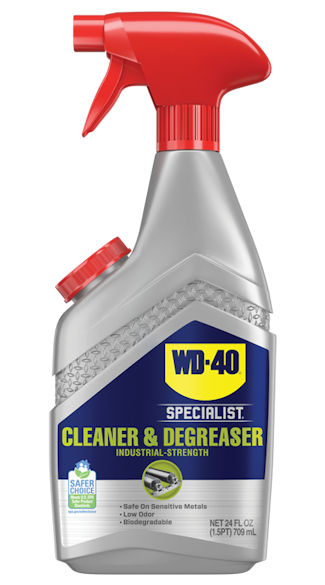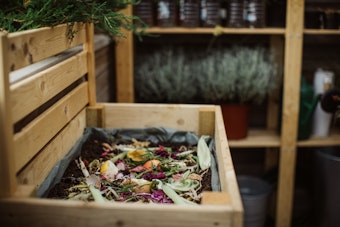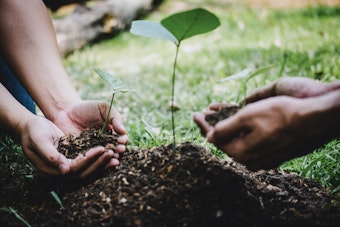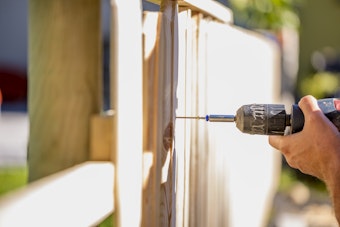The Ins and Outs of Indoor Plants
The Ins and Outs of Indoor Plants
<< BackIn the summertime, lawns and gardens get a lot of attention. Landscaping projects are all the rage on weekends, and home-grown produce from your own backyard can’t be beat. The unsung hero of your home’s flora and décor, however, are the indoor plants. Read on to learn how they help and how to help them as you train your eye to see within.
What’s with the air?
Air plants can make for great decorations, but that’s not what we’re talking about here. The air that cycles through your home’s indoor plans natural cycles gets cleaned (specifics vary) through the absorption of toxins and gains rising levels of humidity and oxygen. Many people do not realize that indoor air pollutants can be 2 to 5 times higher than outdoor levels (according to the EPA), and in some cases much higher. By adding a few indoor plants, your home’s air becomes fresher and healthier to breathe and can even acquire a delightful fragrance by selecting certain plants (such as a small potted Meyer lemon tree).
Feeling blue? Try green.
Indoor plants have a special magic about them, and they work in subtle ways. Studies find correlations to boosted mood, creativity, concentration, and productivity just by their presence. Caring for plants can also carry therapeutic value, with the continuous act of contributing to another life force and the responsibility to provide water on a regular basis. Some indoor plants like succulents are incredibly easy to care for, so start with something simple to encourage your green thumb. Talking to plants is even less crazy than it may sound – the plants themselves seem to like it, and sound if not the words themselves can bring about an increase in growth. Do what works for you – but keep an eye on your mood ring and see if the extra green around the house makes you just a little bit happier.
Seen but not heard…
Undoubtedly one of the most transparent benefits to indoor plants is the physical beauty they bring to a room or home’s aesthetic. Plants add vibrancy to sterile spaces and can even be arranged to grant more privacy or reduce noise levels. TreeHugger.com tells us that "plants can totally change the feel of even the most functional space, plus they're relatively affordable and, unlike bulky furniture or color schemes, you can take them with you when you move." Shelves, table settings, night stands and windowsills all make for great placement opportunities, or you can get creative with pots hung by macramé. Go sparingly until you get a knack for what you like and how much effort you’re willing to put in before a flurried shopping spree turns your living room into a jungle.
Getting the swing of things
For places to get started, The Architectural Digest offers advice on “13 Best Indoor Plants and How to Care for Them.” While nurseries and plant stores can be wonderful sources of healthy & unique specimens and experience-driven information, a simple trip to Home Depot’s Garden Center can have you well on your way. Unless you’re going for the mega vase, most plants you get will be portable and easily swapped out if the look doesn’t fit or it proves tricky to maintain. You can add a social element by trading plants with friends and neighbors and gifting (or re-gifting) plants that have outgrown their welcome. If you run into trouble, remember that plants mainly need three things: light, water and mineral nutrition. When learning to walk the line between too little or too much, tread lightly and take care not to overwater. Calmness and patience are a plant’s virtues, as they may soon be yours.
Pro Tip: Spilled soil and water stains can take away from your home’s zen. Use WD-40 Specialist® Cleaner and Degreaser for marks under potted plants, on soiled counters and tabletops, or anywhere that requires a superior cleaning formula to keep your house feeling fresh.
FEATURED PRODUCTS
WANT TO GET MORE TIPS AND TRICKS?
SUBSCRIBE TO THE NEWSLETTER



